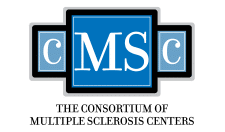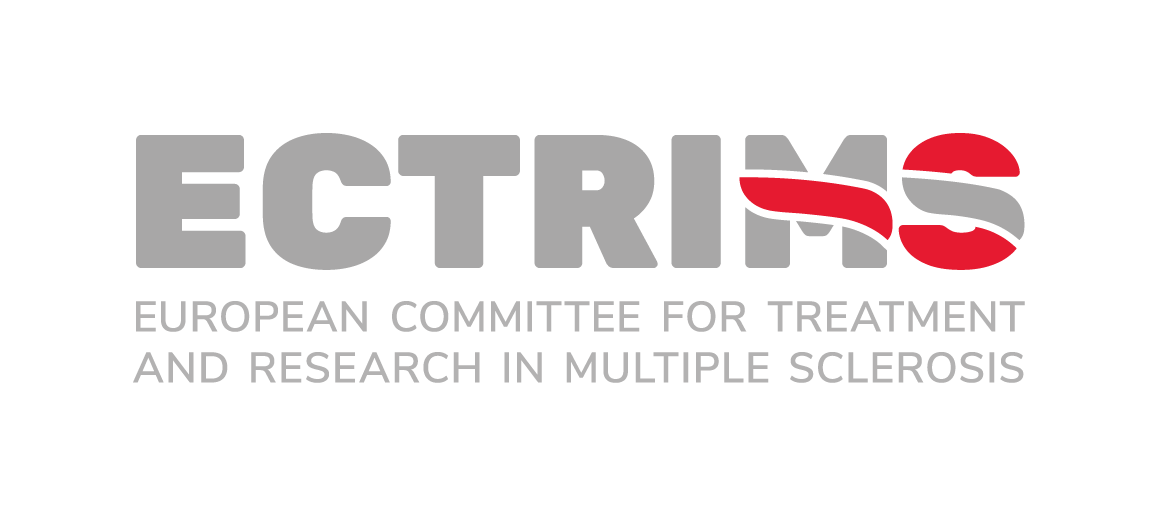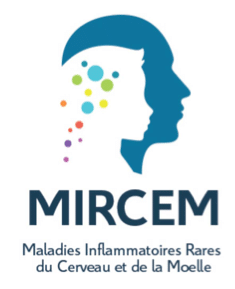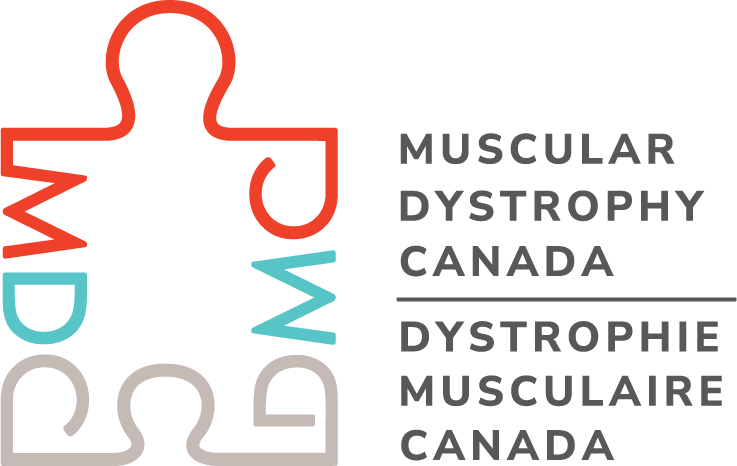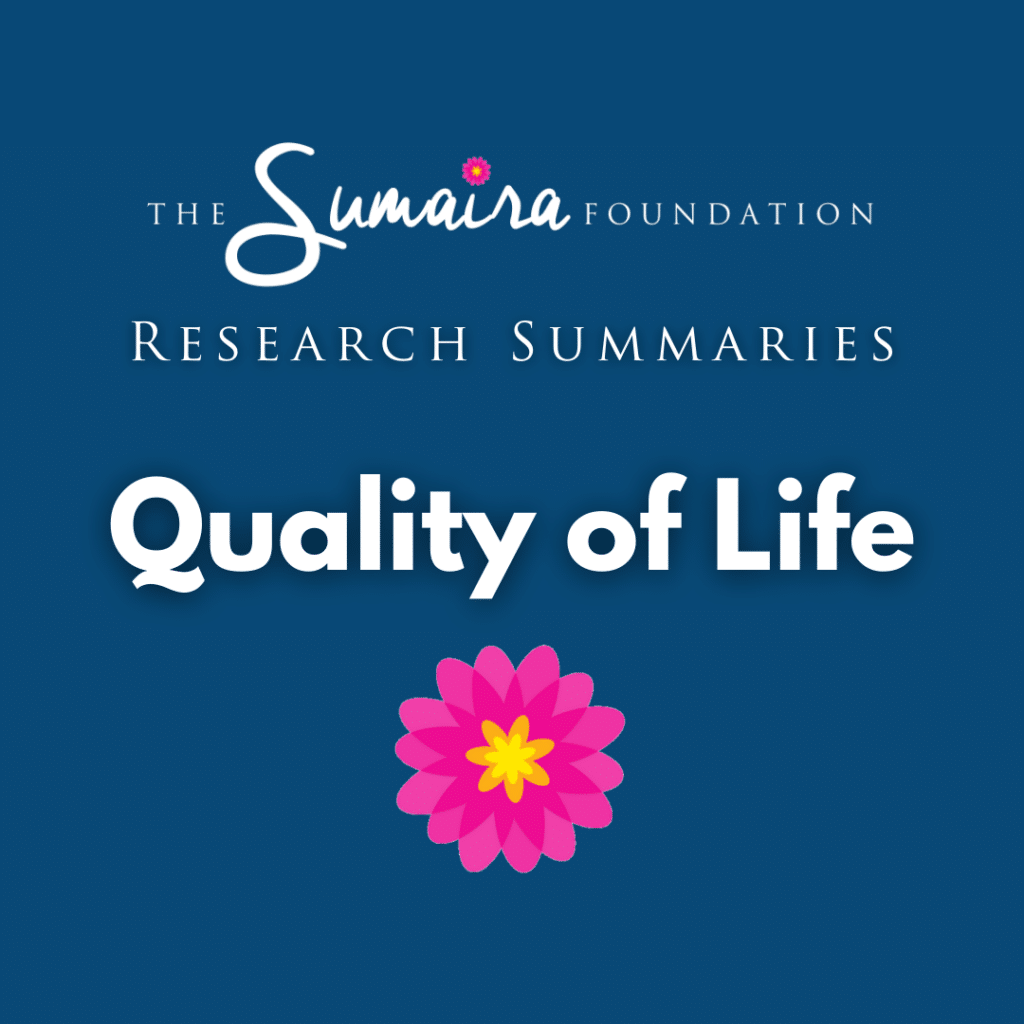
Visual quality of life in NMOSD and MOGAD: profiles, dynamics and associations with ageing and vision
Journal: Journal of Neurology; December 1, 2024
Author(s): Mihaela Nicolescu, Vivien Häußler, Friedemann Paul, Frederike Cosima Oertel, Patrick Schindler, Judith Bellmann Strobl, Markus Krumbholz, Martin W. Hümmert, Franziska Bütow, Daria Tkachenko, Corinna Trebst, Charlotte Schubert, Ilya Ayzenberg, Carolin Schwake, Thivya Pakeerathan, Katinka Fischer, Orhan Aktas, Marius Ringelstein, Markus Kraemer, Clemens Warnke, Matthias Grothe, Matthias Kaste, Klemens Angstwurm, Peter Kern, on behalf of the Neuromyelitis Optica Study Group (NEMOS)
How is vision and vision-related quality of life affected in NMOSD, MOGAD, and MS patients?
NMOSD and MOGAD often involve episodes of vision-related issues due to inflammation of the optic nerve (optic neuritis). This study aimed to assess how patients with NMOSD and MOGAD view their quality of life in terms of vision when compared with patients with multiple sclerosis (MS) and with healthy individuals.
Data from various eye and vision tests was collected from previous a German database (called the German NEMOS registry). The data included 393 patients with NMOSD or MOGAD. Their vision test results were compared with those of 76 patients with MS and 85 healthy individuals.
Along with the data from the vision tests, standard questionnaires were used to ask the participants how their viewed their own quality of life with regard to general health, general vision, driving, and daily activities and ability to perform their roles. Patients were observed and checked on for 1 year and 2 months on average.
Compared to healthy individuals, all patients, including those with NMOSD, MOGAD, and MS, had worse quality of life related to vision at similar levels, even though the MOGAD patients were younger on average. Quality of life was most affected in terms of general health, followed by general vision, driving, and finally ability to perform life activities and roles.
The number of optic neuritis attacks was strongly linked with poorer vision-related quality of life. Also optic neuritis attacks may cause greater and more long-lasting damage to vision in NMOSD and MOGAD than in MS. Vision-related quality of life seems to have a stronger link with age than with the duration of disease—older patients were affected more.
Related article: The neuro-ophthalmological manifestations of NMOSD and MOGAD—a comprehensive review
Free Access: Abstract only



















